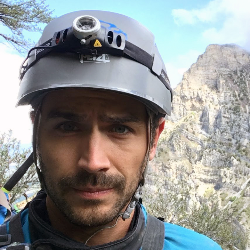Late Quaternary micromammals and the precipitation history of the southern Cape, South Africa
 Authors:
Authors:
J Tyler Faith, Brian M Chase, D Margaret Avery
Abstract:
The southern Cape of South Africa is important to understanding regional climate because it straddles the transition between the winter and summer rainfall zones. We examine late Quaternary changes in rainfall seasonality and aridity through analysis of micromammal assemblages from three sites: Boomplaas Cave and Nelson Bay Cave in the aseasonal rainfall zone and Byneskranskop 1 in the winter rainfall zone. Our interpretation is based on analysis of 123 modern micromammal assemblages accumulated by barn owls (Tyto alba), which empirically links species composition to climate. The Pleistocene record (∼65 to 12 ka) from Boomplaas Cave, together with the last glacial maximum (LGM) samples from Nelson Bay Cave, indicates enhanced winter rainfall, especially during the LGM. Boomplaas Cave documents progressive aridification from the LGM to the earliest Holocene, followed by a return to moderately humid conditions through the Holocene. Byneskranskop 1 indicates a dominance of winter rains over the last 17 ka and a shift from an arid middle Holocene to a humid later Holocene. Agreement between the micromammal record and other local and regional proxies reinforces the potential of southern African micromammal assemblages as paleoclimate indicators.
